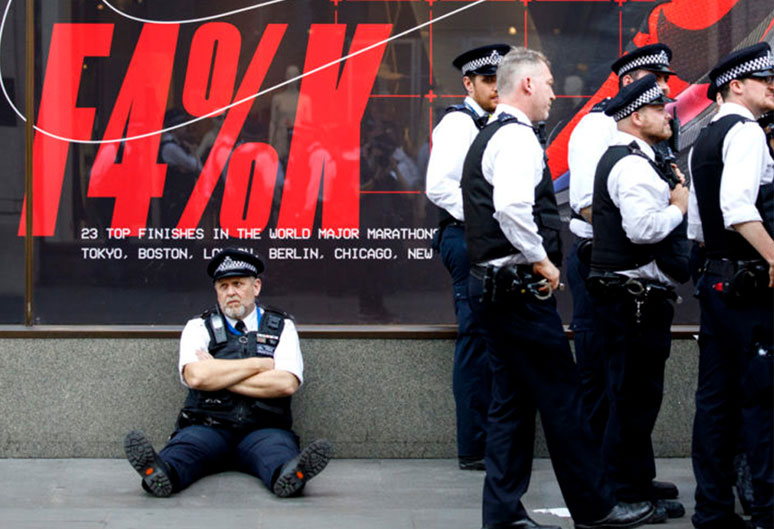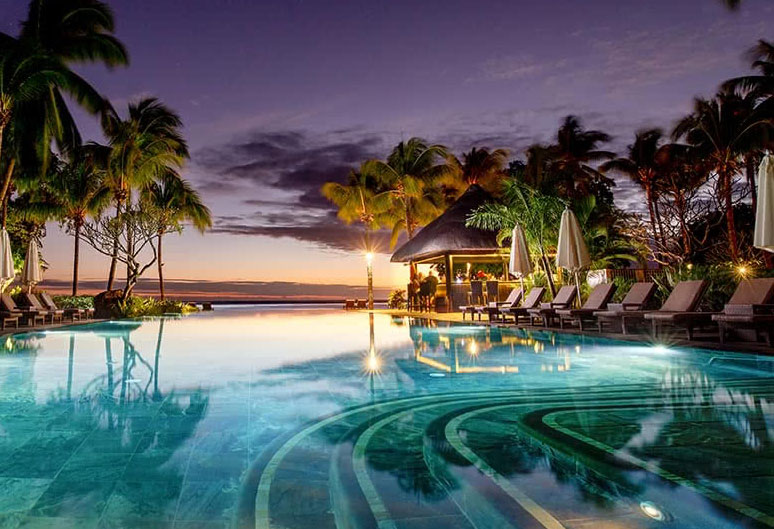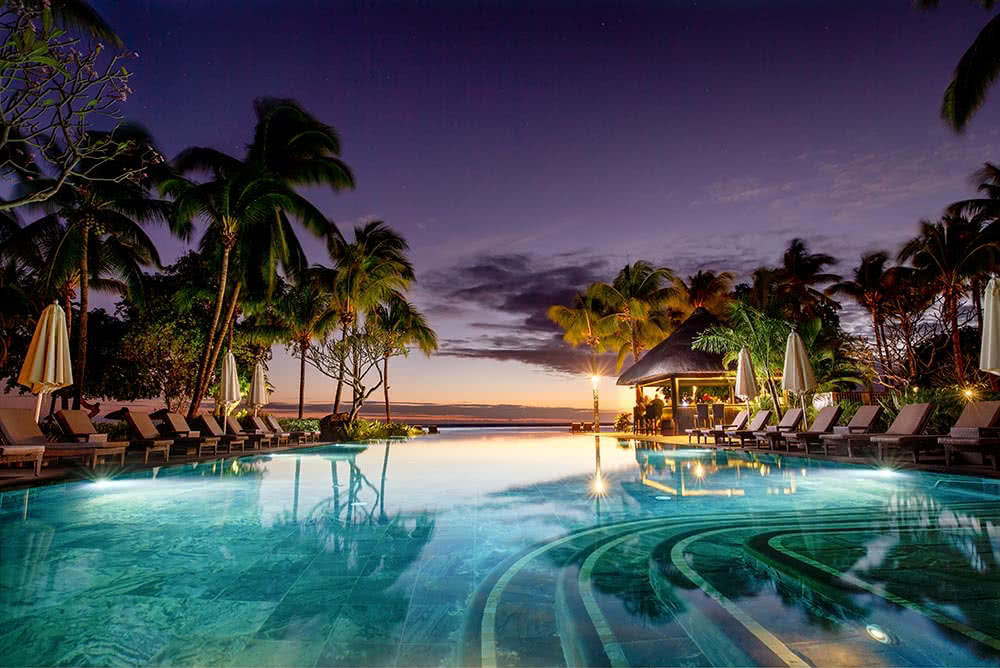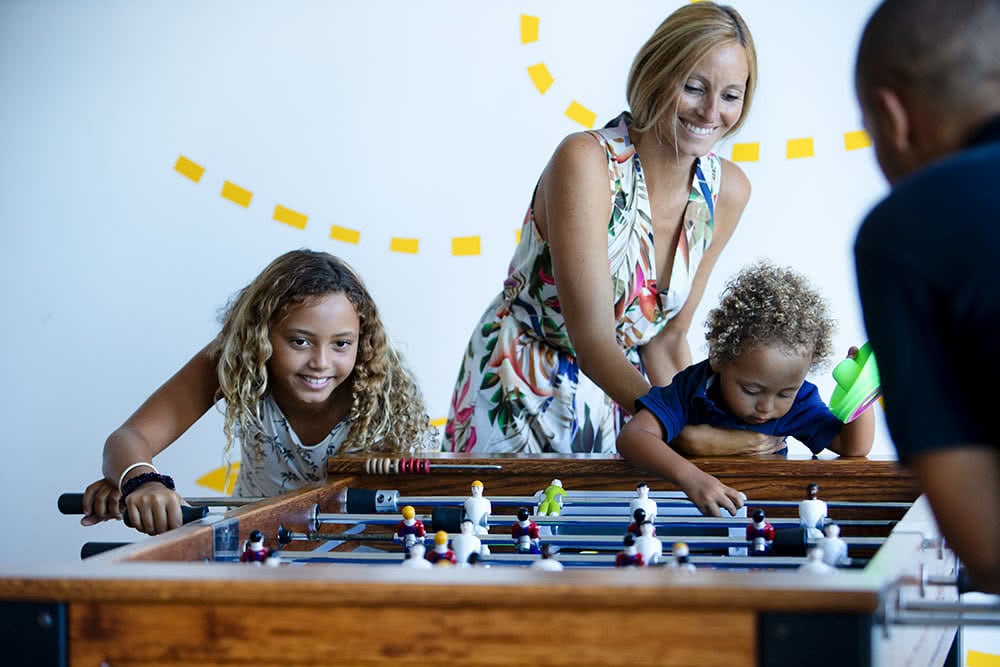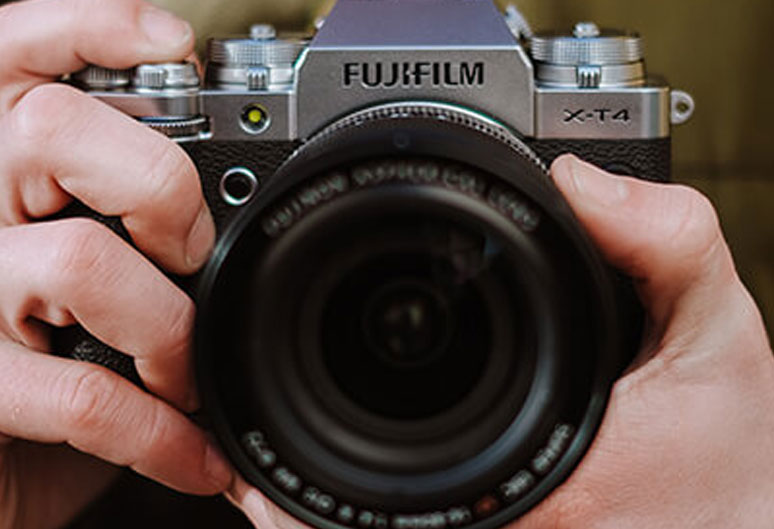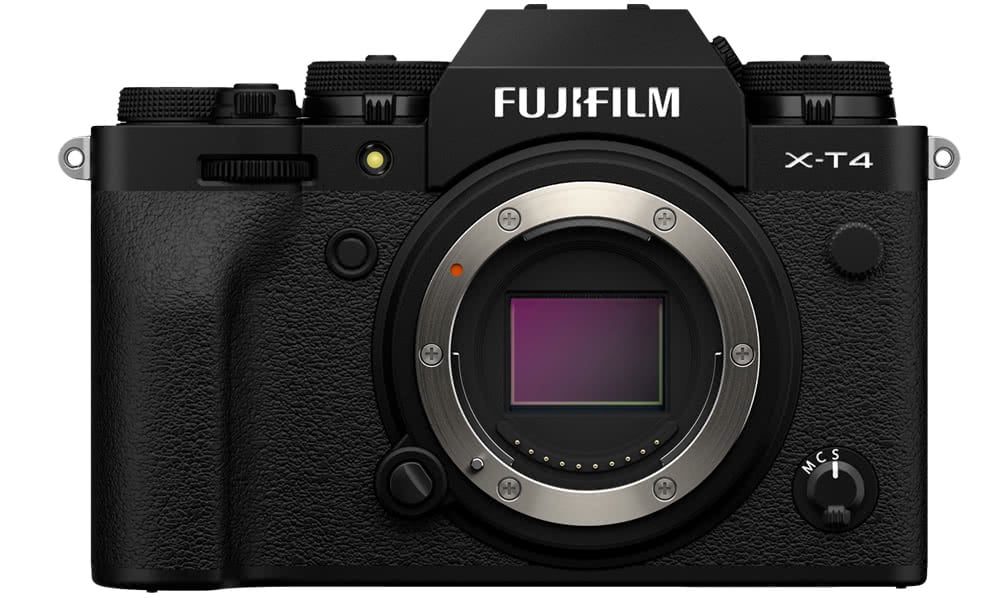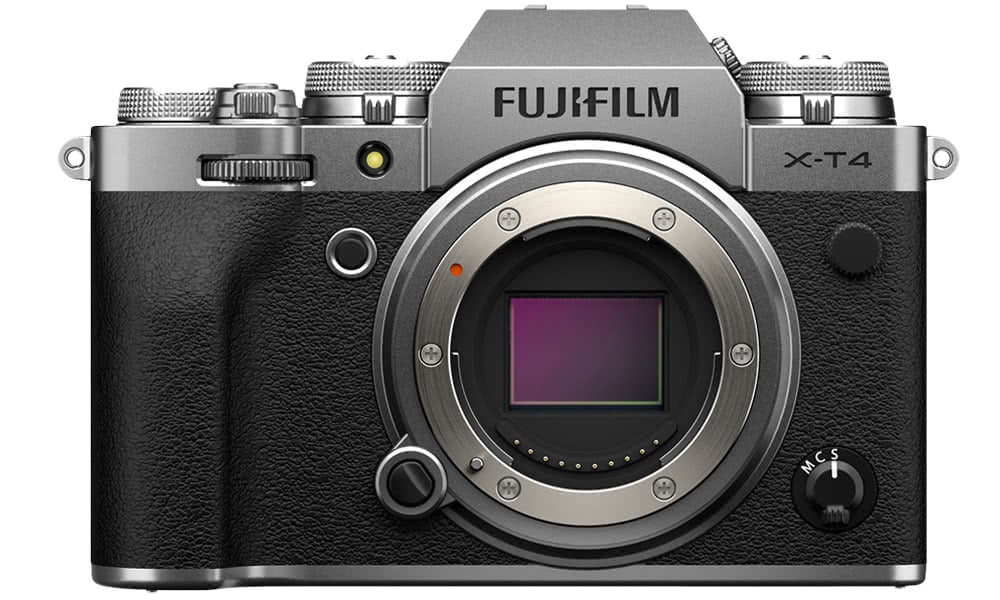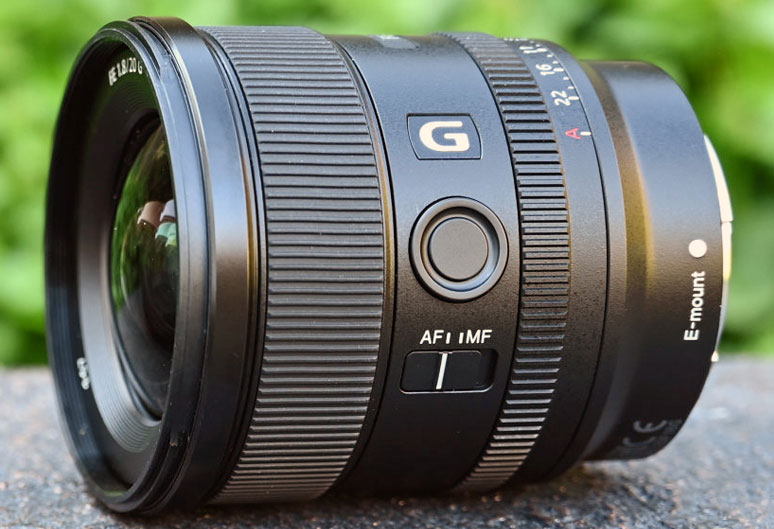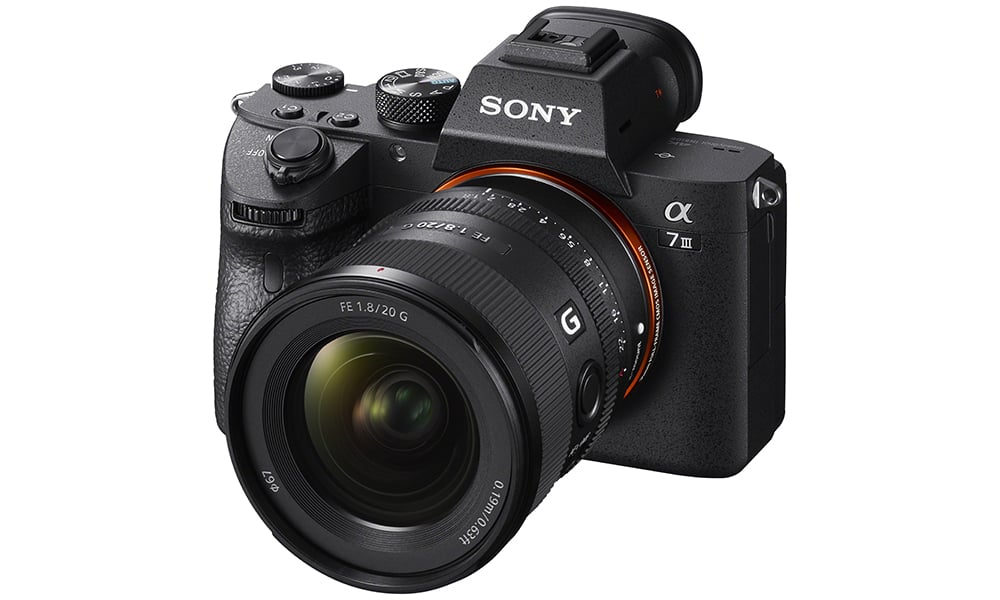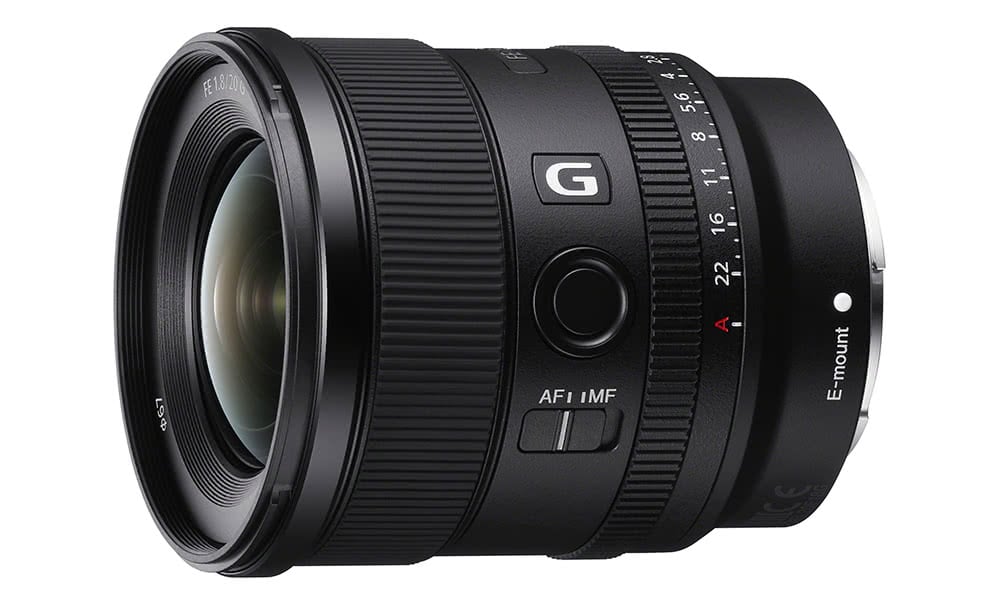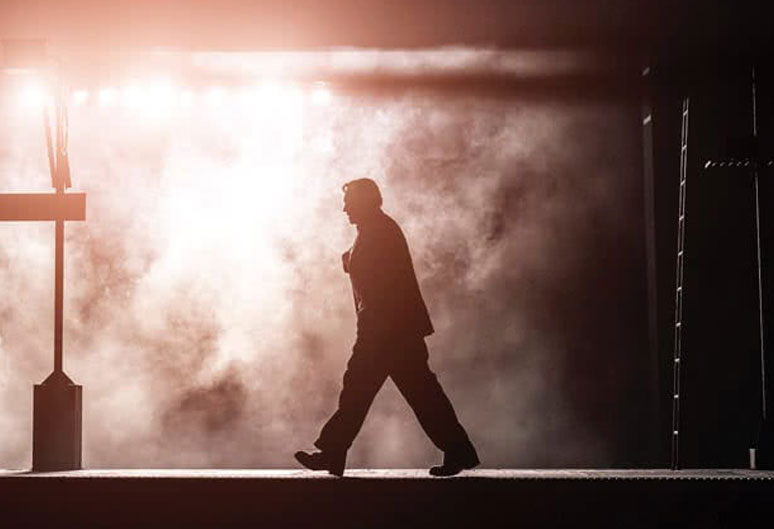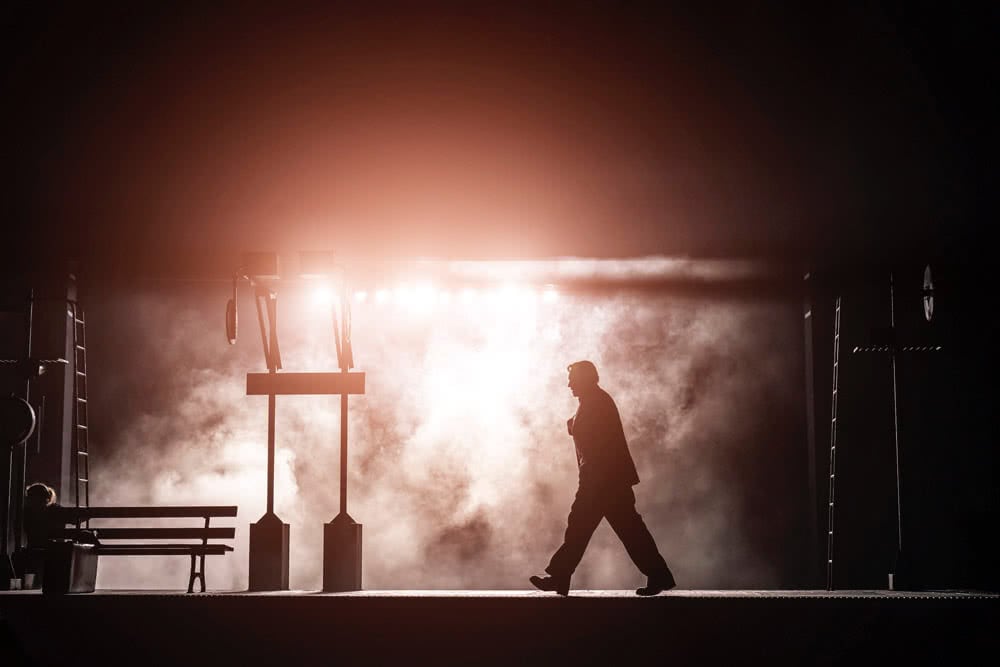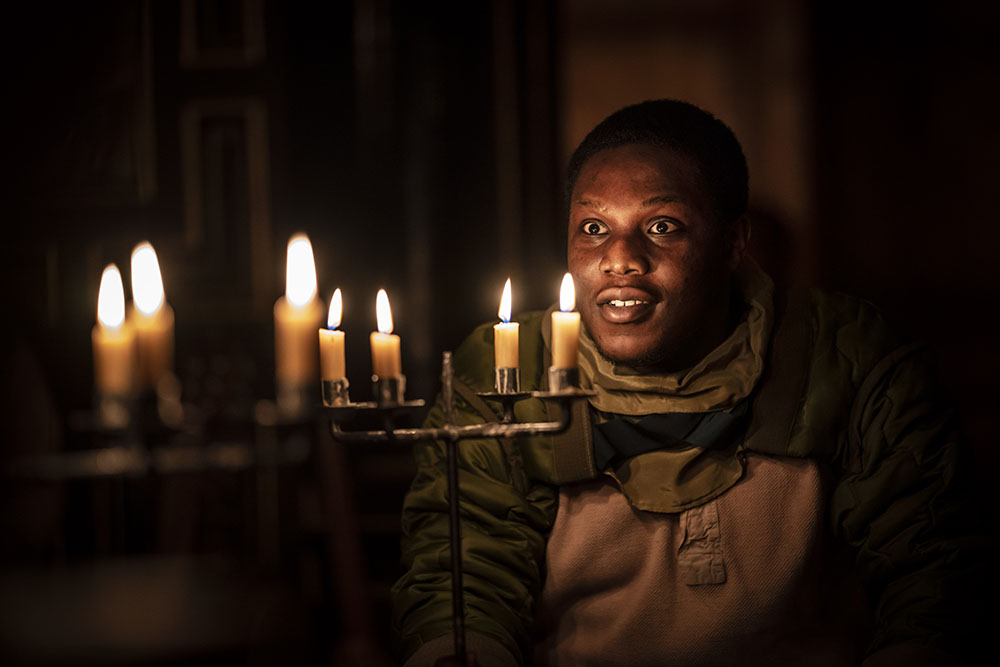There’s never a dull day for Tolga Akmen. A freelance press photographer shooting the news in the heart of London for Agence France-Presse (AFP), it’s his job to chase down the latest big stories, get cosy with the famous and the powerful, and every day find an informative new angle for the various ongoing political dramas that surround us.
Even though he’s just 28 years old, Tolga has made a real name for himself in the press photography community – in fact he was recently honoured with the Fixation News Photographer of the Year Award at the UK Picture Editors’ Guild Awards for his impressive body of work!
Though he’s busy shooting the unfolding saga of the COVID-19 crisis – the world doesn’t stop for press photographers – Tolga graciously agreed to find time to spare for a chat with us about his experiences and highlights of a wild, turbulent year in the thick of it as a press photographer.
So, over to Tolga!
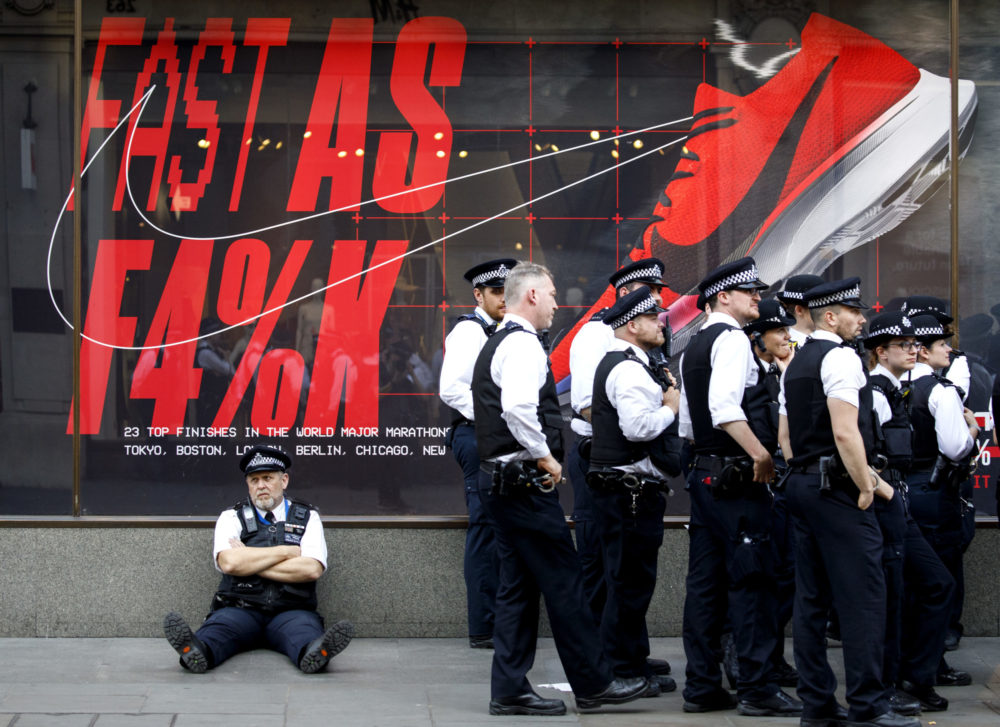 © Tolga Akmen
© Tolga Akmen
Thanks for talking to us, Tolga – and congratulations on the Picture Editors’ Guild Award! Were you surprised to win?
Yes, definitely. It’s one of those categories that I thought always went to the really big names of the business, the people that everyone looks up to – I wasn’t expecting that they would give it to a 28-year-old! It was superb. It was such an honour.
Do you have any particular personal highlights from the past year or so – moments or images you look back on with particular fondness?
Well, it was the year of Brexit.
I mean, every year is that now…
I know! It’s never gonna end. But that was the biggest story we had [in 2019]. Every day we were waking up and thinking to ourselves, “What can we do today with Brexit? What are the stories, what are the angles?”
That’s an interesting challenge – it’s basically the same story happening every single day, so how do you take a different angle on it?
Exactly. At the beginning of 2019 – between February and April – every day we were just thinking, “Is it going to be today that we’re going to get the major announcement that the PM [Prime Minister] is stepping down?” Every day there was this moment of panic, because there were a fair amount of speeches happening at Downing Street, and we were never sure whether they would be just updates about Brexit or THE speech where the PM would announce she was stepping down.
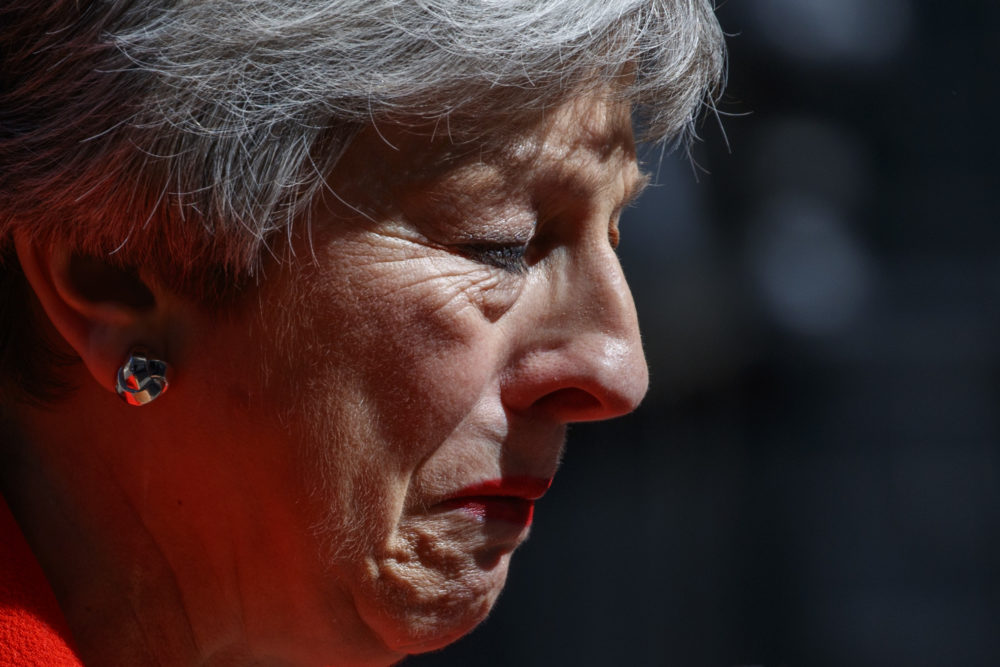 © Tolga Akmen
© Tolga Akmen
So one of my highlights from the beginning of the year was a picture I submitted in the winning set, of [Theresa] May almost crying. It was a bit of a surreal moment – her voice started cracking, and you could tell she was really upset and wouldn’t be able to say anything more, and she turned around and just left. It was one of those moments where you just don’t think; you react on instinct and hammer it down.
After that, [President] Trump coming to the UK was the big story. I did a rota with the Queen and the President in Buckingham Palace, and that’s one of the moments I’ll definitely look back on, as it was a huge opportunity.
I love that shot. He looks like he’s just droning on, maybe to her, maybe to someone else.
Well, he was talking to the Queen. But he is the sort of person who just talks a lot. He constantly plays up to the press as well. They were looking at all the different objects Buckingham Palace has collected over the centuries. It was a funny moment I caught, where the Queen was just getting bored of it all.
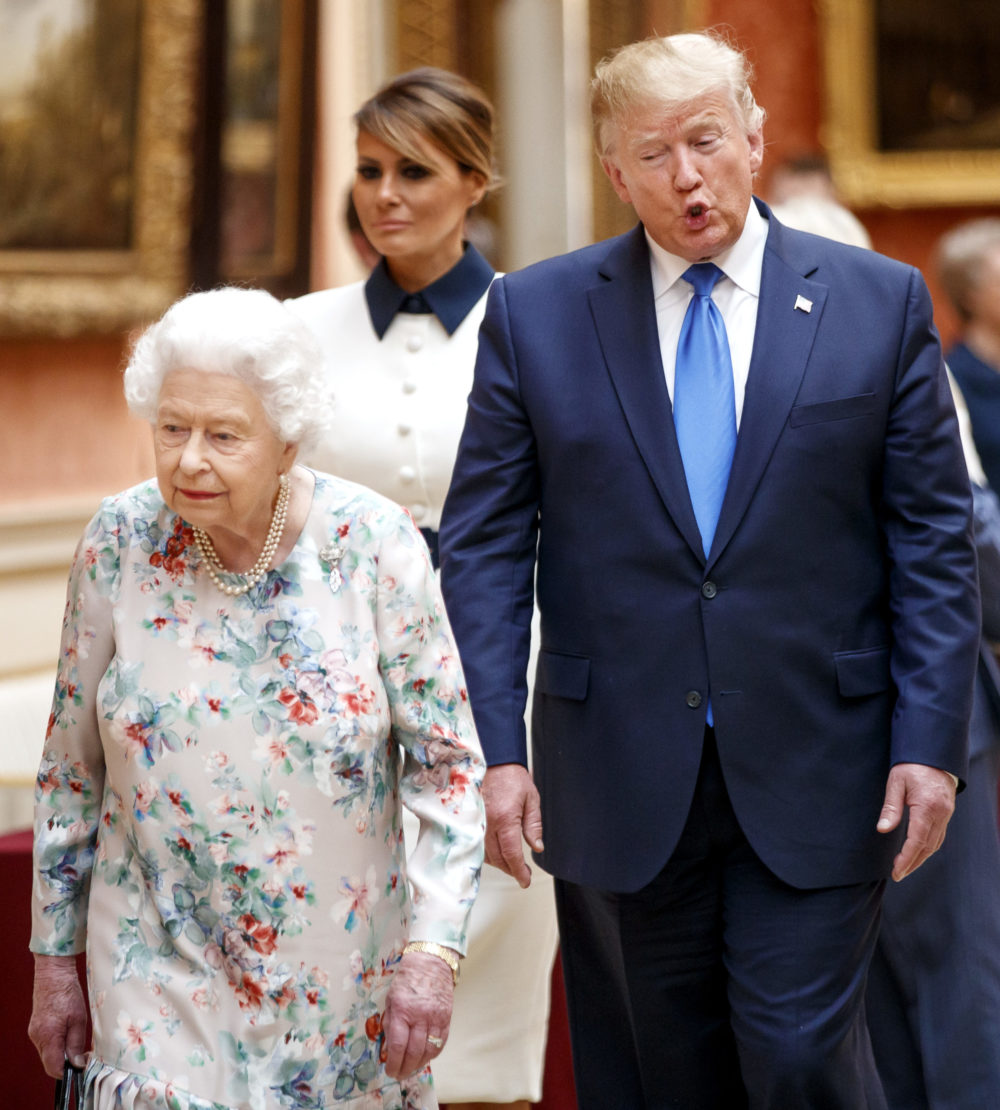 © Tolga Akmen
© Tolga Akmen
Another big story of the year was Extinction Rebellion. That was really one of the biggest things that we covered in London. At first we were worried that they would just let themselves get arrested, and in the past when you’re getting pictures of arrests, as a press photographer you’re usually stuck in the middle and neither the protestors nor the police like you very much or want to give you access. But with this, the police were fine with us and the protestors were fine with us. So we had a good chance to cover them, and they were always quite picturesque, so we could come out with something creative.
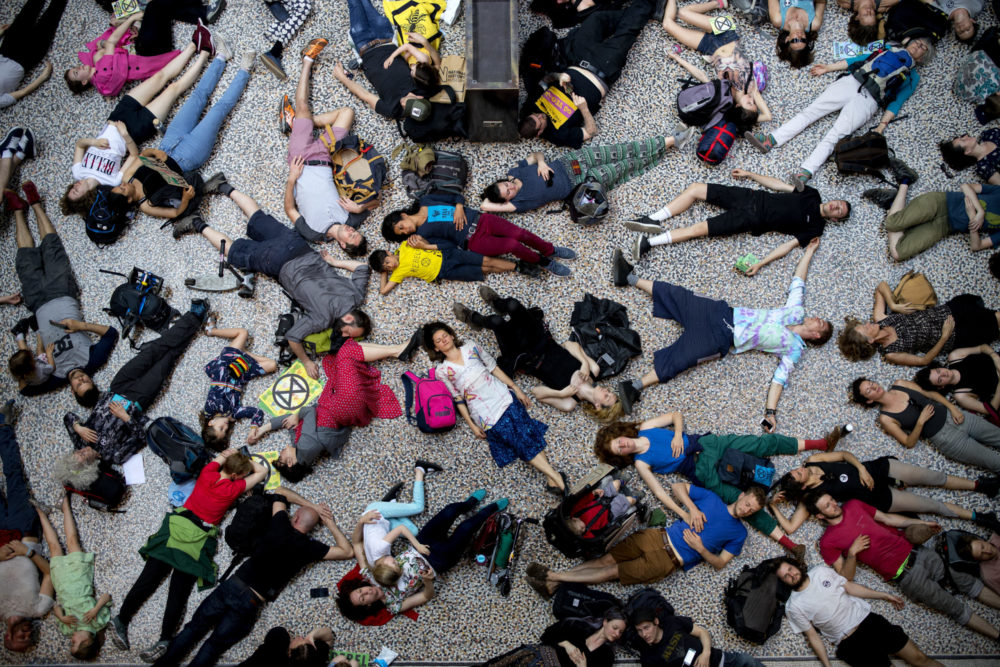 © Tolga Akmen
© Tolga Akmen
You could get in there and try things out, see what works.
One of Extinction Rebellion’s aims was to make things as colourful and creative as possible, which worked for us in terms of pictures. It was relatively enjoyable and was a great break for us from all the Brexit stuff, so from that perspective particularly it was quite fun. I’m sure we’ll see more of it.
It’s certainly an interesting time to do what you do. I mean… there’s just a lot of news, isn’t there?
It never ends. It’s a funny patch we’re in here; there’s always a big story. I just also find that London is one of those weird places that even a local story becomes an international story so quickly. It’s a pretty fun place to work. You can find so much colourful stuff, so much creative stuff, and in one place you have politics, you have entertainment, you have sports, royals, business, financial stories. All in a relatively small area.
Have you always been in London?
I’m from Turkey. I came to London just over a decade ago for university, and afterwards I ended up getting a fair amount of freelance work, and I ended up staying.
How did you get that start?
When I was at uni my paths crossed with London News Pictures (LNP). At that point they were also starting out as a company, and I suppose they realised that I’m quite keen! They started giving me bits and bobs to photograph, so by my second year of uni I was freelancing a fair amount, and once I finished I started doing stuff for them full-time. And then about two and a half years ago at an awards night, I was introduced to AFP and then started shooting stuff for them. I’ve been on contract with them for about a year and a half now. I also won the Getty Young Photographer bursary about three years ago.
What kind of qualities do you think a good press photographer needs?
I think the most important thing is you’ve just got to be very compatible. You’ve got to be able to fit in everywhere, and you’ve got to be open to trying a lot of different ideas. Most of the time we get asked to cover stories that we don’t really know much about, and we’ve just got to go there and learn about them. Sometimes we find ourselves in places that we don’t know, shooting things that we don’t understand, and we need to adapt if we’re going to actually get a picture.
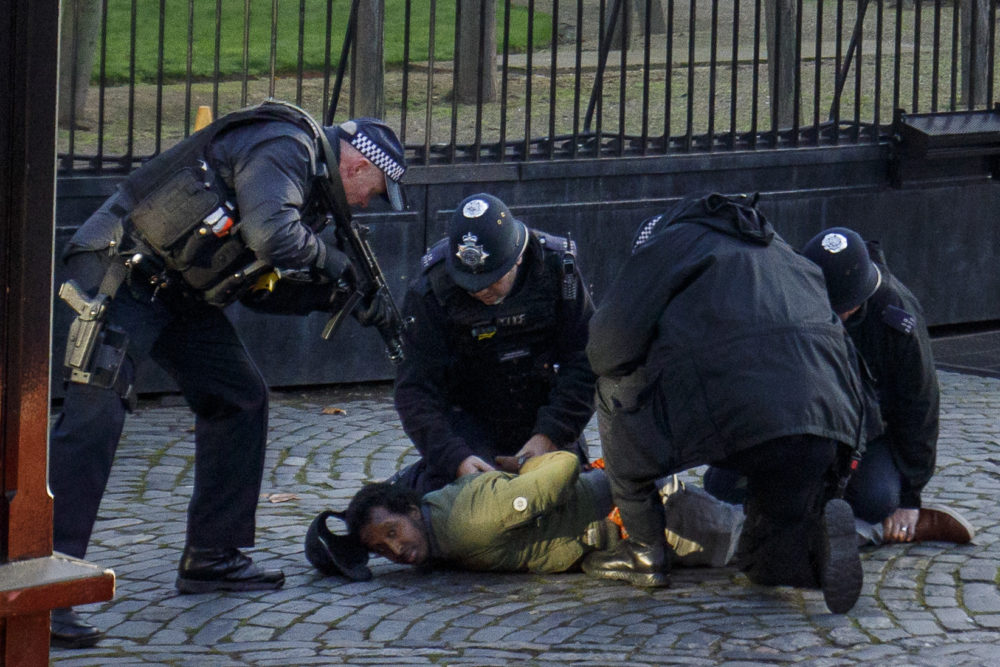 © Tolga Akmen
© Tolga Akmen
I suppose that must be the norm really – when you shoot so much, you’re of course not going to be an expert in everything.
One day you’re taking pictures of Cabinet meetings, and you’ve got to know all the Ministers’ names, and the next day you’re taking pictures of Van Gogh paintings and you’ve got to know the different painting styles. And then the next day after that, maybe you’re doing what we’re doing now [COVID-19], a very complicated medical story, and you’ve got to find different details and photograph how it’s affecting people. You’ve got to be very adaptable. The rest of it is a bit of a balance between creativity and technicality – you’ve got to know how to be creative without losing sight of the technical details that make a picture.
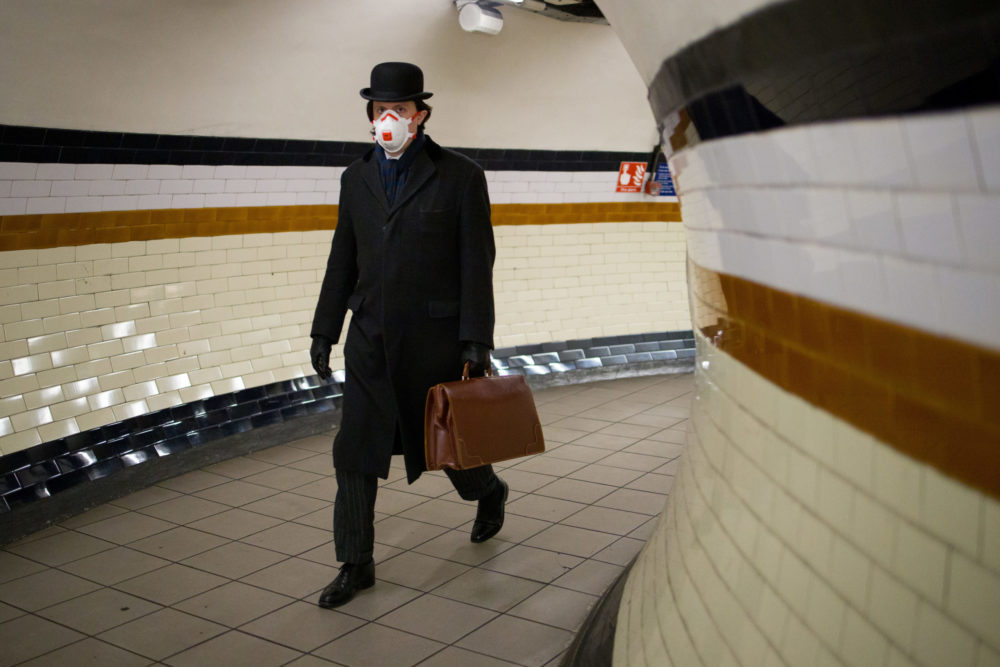 © Tolga Akmen
© Tolga Akmen
That’s another interesting challenge – the picture has to be direct and informative, but you also want to get some artistry in there to make it visually interesting.
I think that for an ordinary person, news can be really boring. So it’s our job to make it look as interesting as possible so that we can captivate people’s attention and make them read the stories. It’s an interesting job – you witness something, and you try to show the world what you saw, what you experienced. I think that is a big power, and a big responsibility.
What is your camera setup at the moment?
I’m on Canon. I’ve got a Canon EOS 1D X Mark II, an EOS 5D Mark IV, and Canon lent me an EOS R. It’s really nice with the 50mm f/1.2 lens, the massive one. I wish I could FTP [file transfer] stuff from it, and that it had a bigger buffer so I could take more than 15 pictures on it in one go. But I am so keen to switch to mirrorless as soon as I can – I’m so sick of carrying heavy cameras.
So what are your plans for the future?
At the moment I’m quite keen to see what more I can get from London. And what more I can discover in the subjects that I cover.
I guess London is somewhere you could spend a lifetime.
And a fair amount of our colleagues have! I’m also hoping that one day I can be on staff at AFP, and then that will probably give me the opportunity to cover different stories as well. In news photography you always want the bigger stories for yourself, and I think that I’m still at that point where I feel like I can get bigger stories. I think the best thing about this job is being able to go out there and discover new things every day. I like that I don’t have to go to an office every day and I don’t have to be watched by someone all the time. As long as I get the pictures, I know I’ll be fine.
Tolga Akmen was talking to Jon Stapley. See more of his images at tolgaakmen.com, and follow him on Twitter and Instagram.

